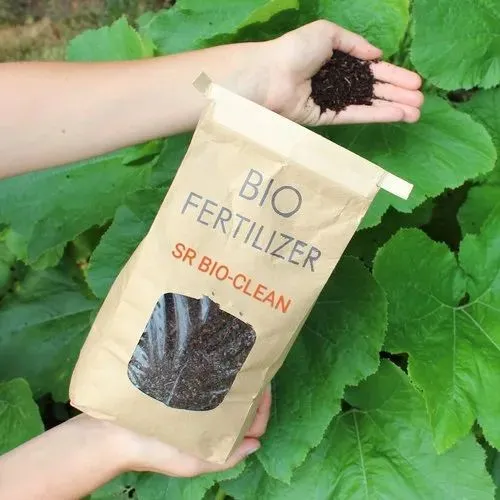Microorganisms used as biofertilizers are those that have the capacity to synthesize substances that promote plant growth, fixing atmospheric nitrogen, solubilizing iron and inorganic phosphorus and improving tolerance to stress.



▶ For various biotic and abiotic factors that interact with plants, there are other microorganisms to consider which are capable of diminishing or preventing the deterioration effects of pathogenic microorganisms.

▶ Credits: indiamart. – [Image of Public Domain]
≕ I invite you to stay tuned and read my next contribution ≔
It is considered that when applying efficient microorganisms (EM), they favor the growth and development of plants and improve the production of crops of agricultural interest, in addition, the capacity of certain EM to modify the ecophysiology of crops in field conditions is mentioned, creating the feasibility of allowing the development of organic agriculture.
It is also considered that these beneficial microorganisms can act as microbial inoculants and represent an alternative to improve the productivity of the agricultural system in the long term.
It is therefore imperative to evaluate the effect of EM on crops and thus generate valuable information that can be considered as a clean technology, aligned with the principles of sustainable agriculture.

This is aimed at addressing the abusive increase in the use of pesticides and fertilizers, in addition to improving agricultural productivity in the main producing areas of the planet.
NOTE: Reference material.